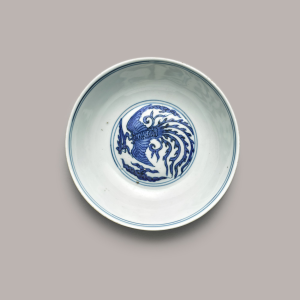I'll just put my historian hat on and add that the actual Ming trade history was much more complex than "insular."
Of course, Zheng He's endeavor was a unique one-time thing. However, the Ming was very much not insular - it was probably the most "open" Imperial Chinese dynasty, albeit reaching this openness very passively.
The Naval Trade Ban, for instance, was hardly implemented in Ming times, and the smuggling business began to boom right after the Treasure Fleets were canceled. This is because the early Ming currency was pepper, and the late Ming currency was silver, both of which needed to be imported (pepper from SAE, silver from Japan). The central govt tried to fight the smugglers to no avail, and in 1509, the southern Trade Ban was lifted in Guangzhou entirely. The powerful smugglers-turned-pirates even fought wars with the Ming on the eastern coast (the famous Wokou), eventually forcing the Ming to lift the eastern Trade Ban in 1567.
On the northern front, the Ming initiated a similar Trade Ban against the Mongols; the Mongols responded with two massive invasions - the Tumu Crisis in 1449 and the Altan Khan Wars in 1550-1570 - and nearly destroyed the active Ming military in both (even captured the Ming emperor in the first one). In 1571, the Ming govt finally came to terms with the Mongols and lifted the Ban, and the cross-border trade flourished until the end of Ming. Like the Naval Trade Ban, this Mongol trade ban was not strictly implemented, with people on the borders constantly smuggling trade goods into Mongols or escaping into Mongols. The famous Chinese merchant bloc,
the Jin Merchants, developed from those illegal trades (and later legal trades) with the Mongols. Even the Ming officials who pushed for lifting the Ban in 1570-1571 came from the Jin Merchant backgrounds.
After both Bans were gone in the 1560s-70s, Ming entered a period of heavy involvement in early globalization. SAE pepper and Japanese silver flooded the Chinese market; Ming merchants were active in SAE and set up small colonies here and there; Ming officials began to convert to Christianity, learning Renaissance discoveries, adopting Western calendars, and buying Portuguese cannons to fight the Manchus. There is a reason why an Italian Jesuit,
Matteo Ricci, could hold an office in the Ming court (1601-1610) and make friends with Ming officials around him.
In short, I would argue that a Ming design centered around the trade actually has a sound historical basis. Just that the basis is not about the state-sponsored Treasure Fleets, but the city-dwellers and the merchant class who drove the private trades and successfully pushed the dynasty to be more trade-friendly.







